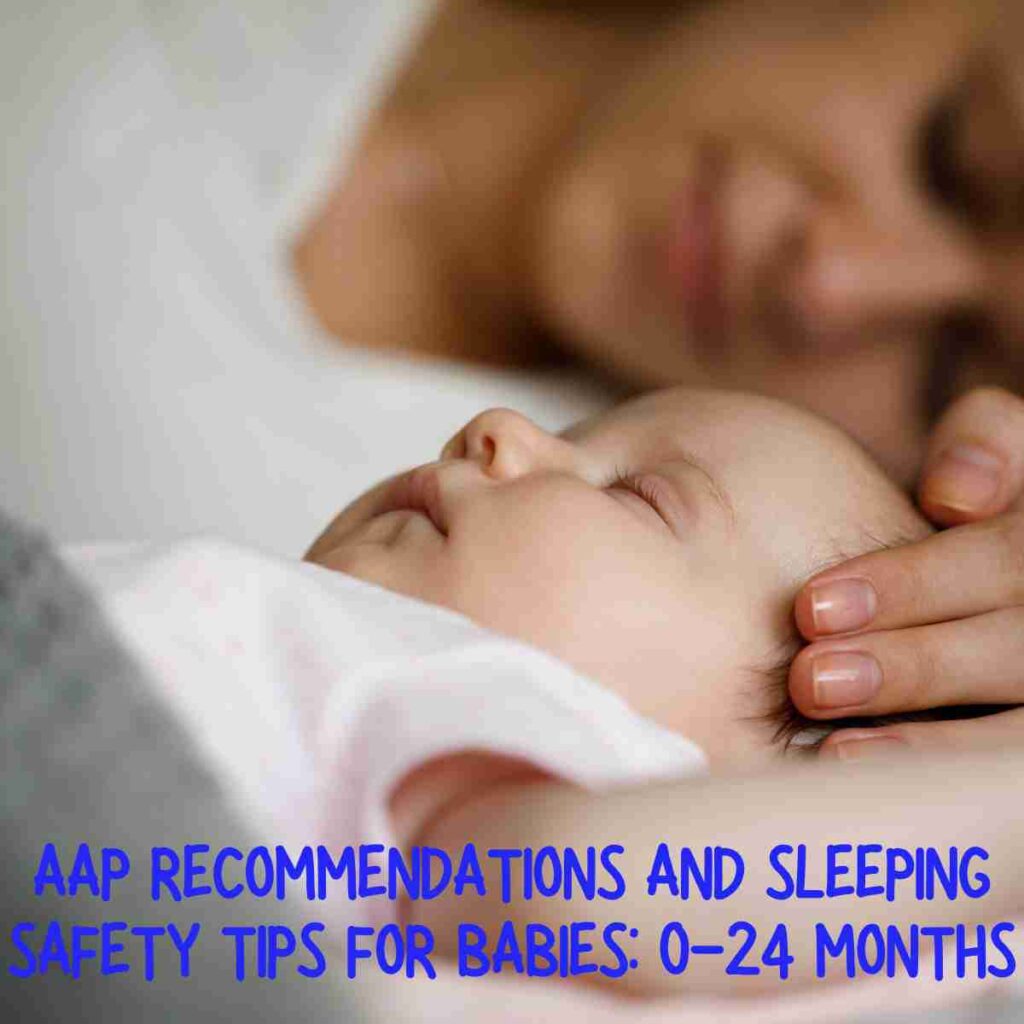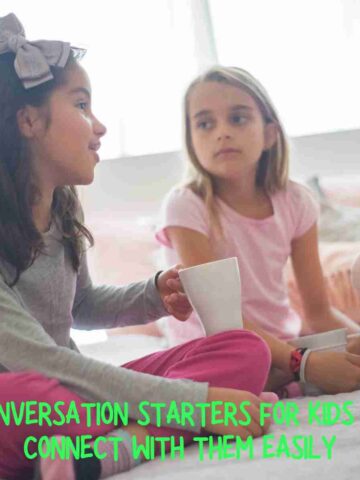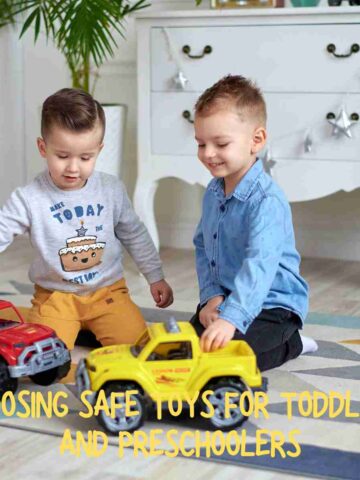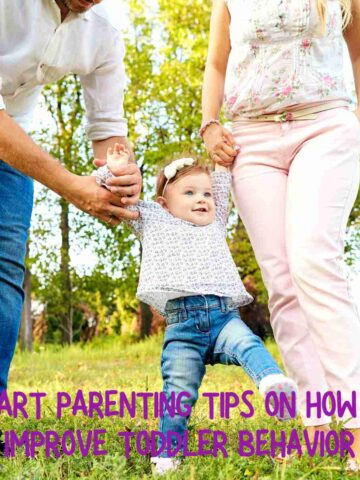According to a survey, over 3,500 babies lose their lives in the United States due to unsafe infant sleeping environments. Most of these deaths happen due to suffocation, entrapment, or strangulation. However, there are certain cases of infants dying because of Sudden Infant Death Syndrome (SIDS). Therefore, the parents need to learn about the sleep-related dangers, and sleeping safety tips for babies and create a secure environment for them. Here we are providing you with a few safety tips for sleeping babies.

Put Your Baby to Sleep on His Back
- Newborn babies need skin-to-skin contact with their mothers, especially after birth. Well, it is always not possible for a mother to give skin-to-skin. In that case, you need to make a habit of placing your babies on their backs during every nap.
- Many babies can roll onto their stomachs and some cannot. Put your baby to sleep on his back. However, if your baby is capable of rolling to his stomach or any of his sides (tummy to back and back to tummy) on his own, you can leave him in that position.
- If your baby falls asleep in a stroller, infant carrier, infant sling, swing, or car seat, you should keep your baby in a firm and flat place as soon as possible.
- Swaddling i.e. wrapping a lightweight blanket around the baby may help you to calm your baby. Place your baby on his back, even if you swaddle your baby. However, you should stop swaddling your baby if he starts to roll.
Choose a Firm Sleep Surface for your Baby
- Make sure that the crib, bassinet, or play yard meets the current safety standards. Never use a crib that has a part missing or broken.
- Covering the baby’s mattress with a tight-fitting sheet can be helpful.
- Do not put your baby to sleep on a cushion, water bed, or a sheepskin.
Avoid Soft Objects
- Soft mattresses and loose beddings can increase the risk of suffocation, entrapment, or strangulation out of the crib.
- Soft objects like pillows, comforters, quilts, stuffed soft toys, bumper pads, etc. can cause a baby to suffocate.
Same Room But Not on the Same Bed
- Keep the baby and put him to sleep in the same room as the mother but not the same bed.
- Room-sharing for at least 6-12 months decreases the risk of Sleep-related Infant Deaths (SIDS) by almost 50%.
- It is always advisable to keep the bassinet or crib within the arm’s reach of the mother. This will enable her to keep track of the baby and reach out easily when the baby needs her for breastfeeding.
- Babies sleeping in the same bed as their parents are more prone to SIDS and suffocation. It might happen that babies can get tangled in the blankets or during sleep, the parents can roll onto the babies.
Breastfeeding is Necessary and Helpful
According to AAP recommendations (American Academy of Pediatrics), breastfeeding is the only source of nutrition for your baby at least up to the age of 6 months. Mothers can also continue to breastfeed their babies even after 12 months.
Keep your Baby Away from Smoke
Do not smoke inside your home especially when your baby is around. Try to keep your car and home smoke-free. Doing this will reduce the risk of SIDS.
Keep your Baby at a Moderate Temperature
- Keep the room temperature moderate to make your baby feel comfortable.
- Dress your baby in a way (no more than one layer) so that he does not feel too hot.
- If you feel that your baby might get cold, use a wearable blanket like a warm sleeper according to the size of your baby. These will cover the body and not the head.
Use a Pacifier
Offering a pacifier at bedtime and during naps helps in reducing the risk of SIDS. You do not have to put the pacifier back once it falls out after your baby falls asleep. Never use pacifiers attached to infant clothing or stuffed toys. This may cause choking or suffocation.
Other Sleeping Safety Tips for Babies
Always use caution while buying products that claim to reduce the risk of SIDS. As per AAP recommendations, special mattresses, sleeping surfaces, positioners, and wedges have not yet been proven to reduce the risk of SIDS.
Apart from this, AAP also recommends that doctors have open conversations about their sleeping environment. Media can also play a pivotal role in educating parents about sleeping safety tips for babies.



